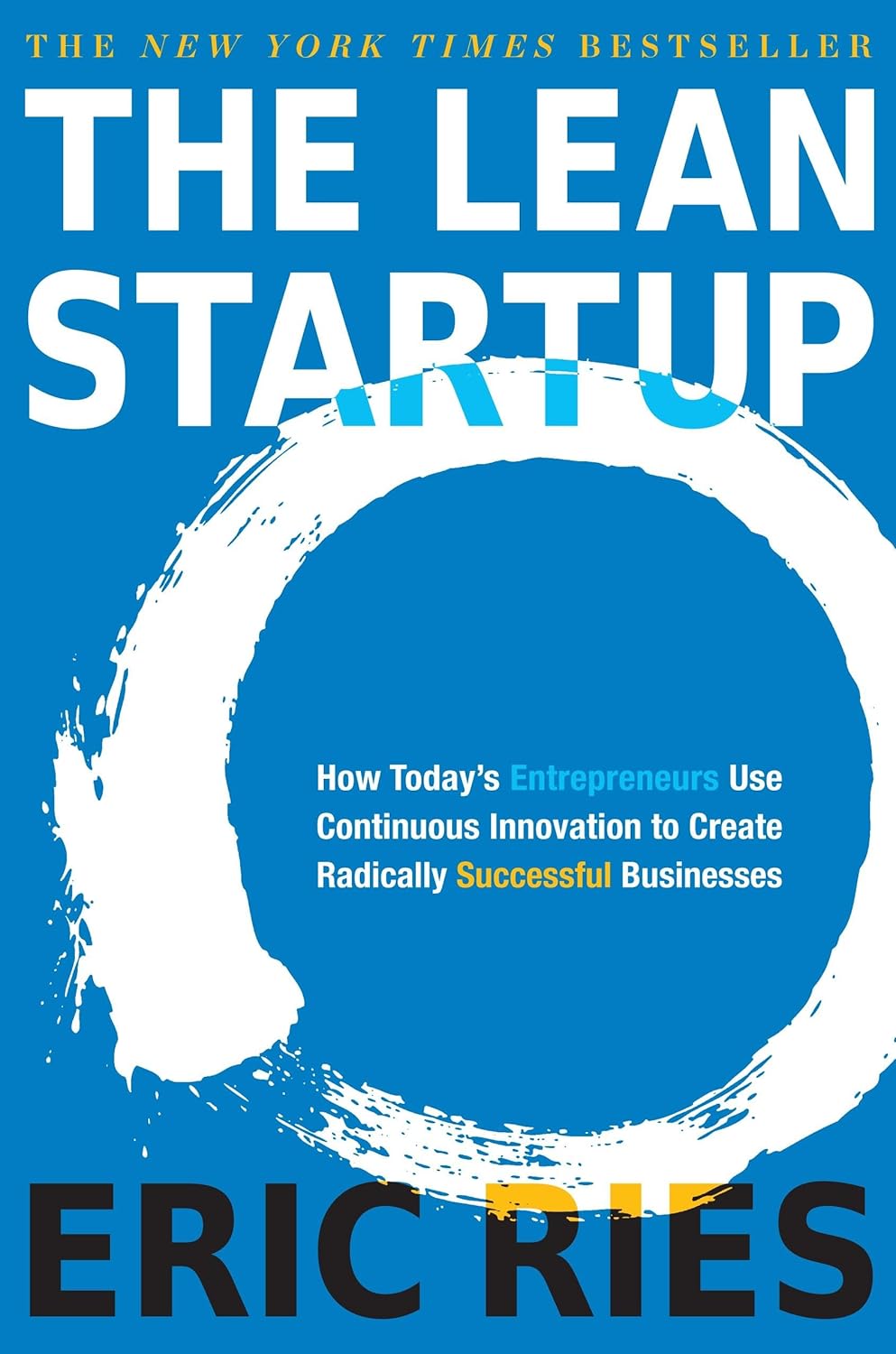
Minimum Viable Product
What is Minimum Viable Product (MVP)?
A minimum viable product (MVP) is the most basic version of a product that a team can release to test key features and gather customer feedback. It includes only the core functionalities needed to solve a specific problem for early users. The goal is to validate an idea quickly and with minimal investment, allowing teams to learn what works and what doesn’t before developing a full-scale product. This approach supports rapid iteration and reduces the risk of building something that customers do not want.
The concept helps businesses avoid wasting resources on features or designs that may not be useful. By observing how users interact with the initial version, teams can make informed decisions about future improvements. This method is particularly prevalent in startups and innovation-driven projects, where speed and adaptability are crucial.
Key Points
- A minimum viable product includes only the essential features needed to meet the user’s primary need.
- It serves as a testing tool to gather real-world data and user feedback.
- MVPs help teams validate assumptions before investing in a complete product.
- Building an MVP can reduce development costs and shorten time to market.
- Feedback from an MVP guides future development in a customer-centred way.
Related Terms
- A prototype is often created before an MVP to test design or functionality in a controlled setting.
- A proof of concept confirms whether an idea is technically feasible before investing in full development.
- Agile methodology supports MVP development by promoting iterative work cycles and frequent testing.
- A product roadmap outlines future updates and features that may follow after the MVP stage.
- User feedback plays a crucial role in shaping the direction of development after the minimum viable product (MVP) is released.
Minimum Viable Product: Example
A startup developing a new fitness app may first launch a version that only tracks workouts and provides basic statistics. This early release enables the team to observe how users engage with these core features. If users show a strong interest in monitoring their nutrition, the team can plan to add that in a future update. The MVP allows them to confirm that their idea has potential before investing in a full-featured app.
Minimum Viable Product: Best Practices
- Focus on solving one key problem for the user clearly and effectively.
- Define success metrics early to measure how well the MVP performs.
- Keep development simple to speed up testing and feedback collection.
- Involve users early and often to gain a deeper understanding of their needs and expectations.
- Use insights from the MVP to guide future product decisions and avoid unnecessary features.
Additional Resources
Preparing for a PMI certification?
- Exam Prep Courses: PMP®, CAPM®, and PMI-ACP®
- Exam Simulators: PMP®, CAPM®, PMI-ACP®, PMI-PBA®, PMI-RMP®, PMI-SP®, PgMP®, and PfMP®
- Professional Development Units (PDUs): 15, 30, and 60 PDU Bundles




